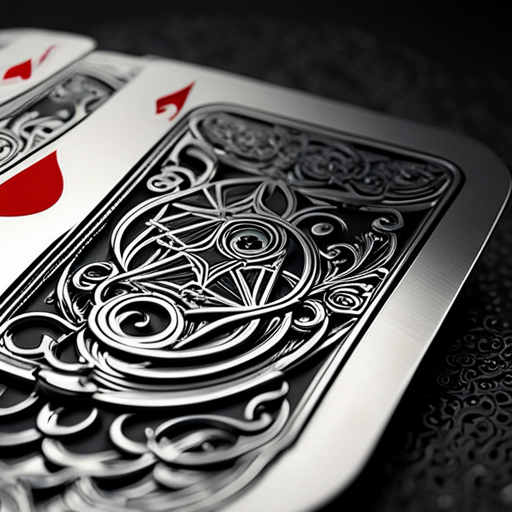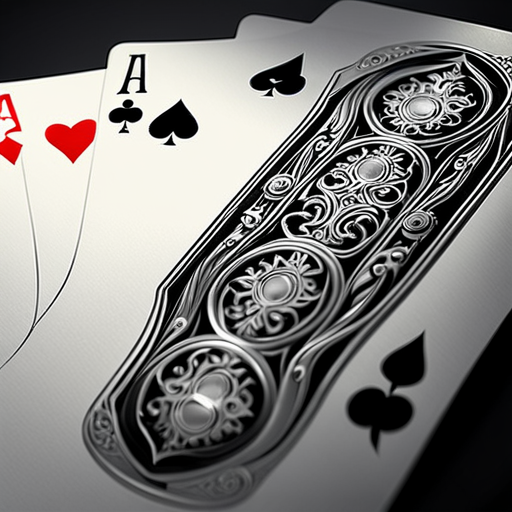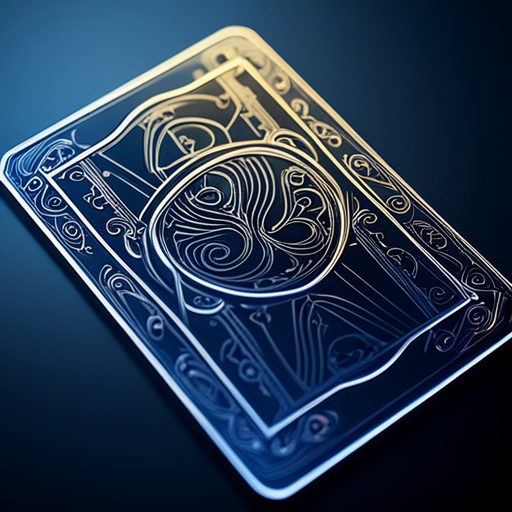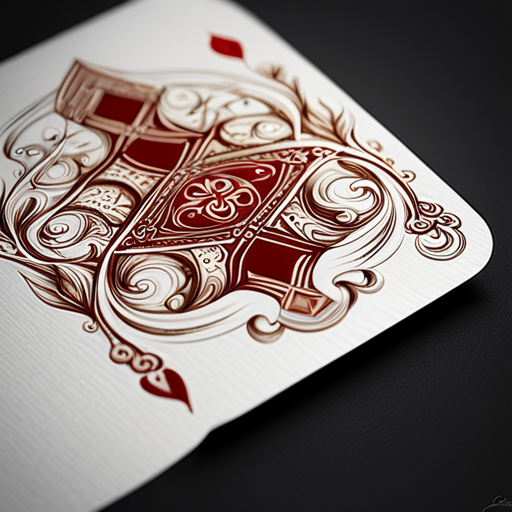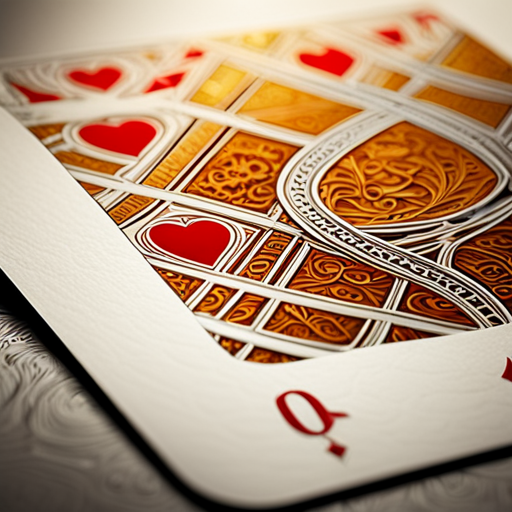Pop Art: The Vibrant Movement of the 1950s and ’60s
Pop Art emerged in the 1950s and ’60s as a groundbreaking art movement that celebrated popular culture and consumerism. At Deck of Art, we recognize the profound impact of Pop Art on modern aesthetics and its enduring influence on contemporary artistic expression.
Origins and Characteristics: Pop Art originated in the United Kingdom and the United States, with artists like Andy Warhol, Roy Lichtenstein, and Claes Oldenburg leading the charge. The movement aimed to blur the boundaries between high art and mass culture by incorporating imagery from advertising, comic books, and everyday objects into their works.
Key Features of Pop Art:
- Use of Everyday Objects: Pop artists often depicted everyday consumer goods and mass-produced items in their art, challenging traditional notions of subject matter in art.
- Bold Colors and Graphics: Vibrant colors and bold, graphic compositions were hallmarks of Pop Art, reflecting the visual language of advertising and media.
- Repetition and Multiplication: Artists employed techniques of repetition and multiplication to emphasize the ubiquity of consumer culture.
- Celebration of Kitsch: Pop Art embraced kitsch and popular imagery, elevating mundane objects to the status of art.
Impact and Influence: Pop Art revolutionized the art world by democratizing art and challenging elitist notions of artistic value. It reflected the rapidly changing post-war society and remains a seminal movement in the history of modern art.
Deck of Art’s Pop Art Collection: At Deck of Art, we celebrate the spirit of Pop Art through our curated collection. Our artists draw inspiration from the movement’s vibrant aesthetics and playful sensibility, infusing contemporary art with the spirit of mass culture.
Explore Pop Art with Deck of Art: Immerse yourself in the dynamic world of Pop Art through our diverse collection. Experience the energy, wit, and innovation of this iconic movement, reimagined for the contemporary art scene.
